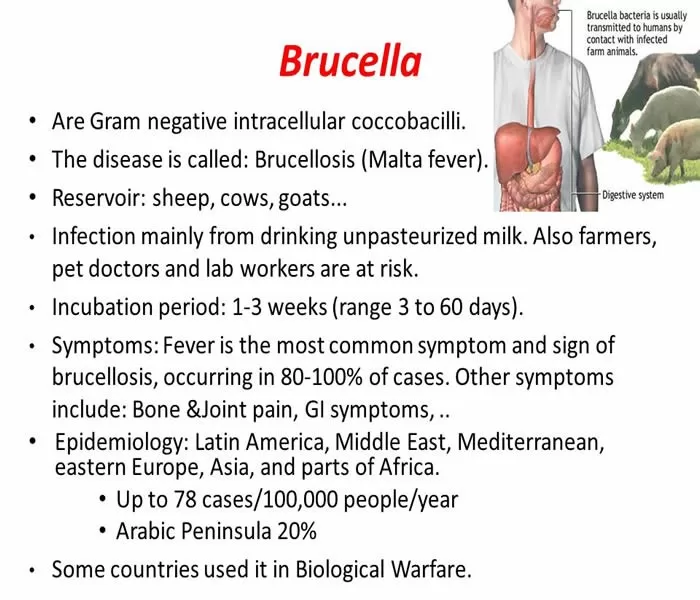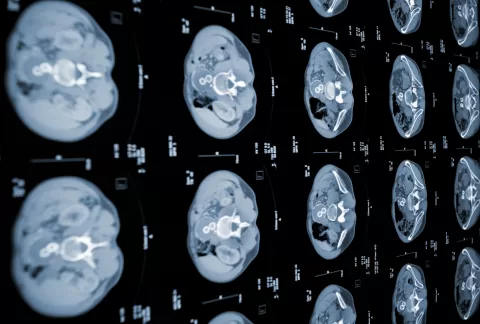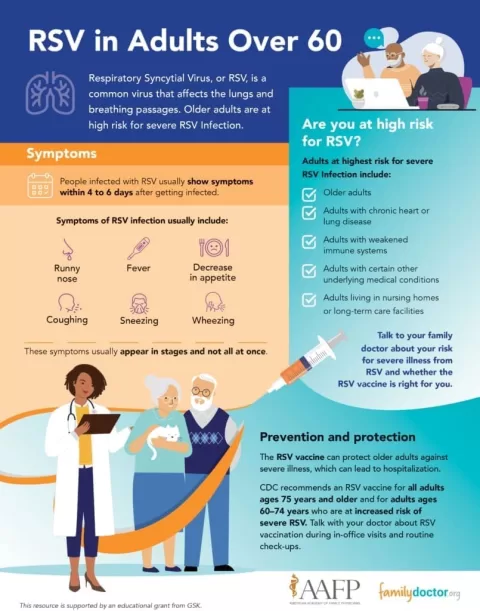Understanding brucellosis symptoms in humans is crucial for timely diagnosis and treatment, as this zoonotic infection often leads to severe health complications if overlooked. Typically caused by the Brucella bacteria, brucellosis manifests through a range of symptoms, including intermittent fever, joint pain, and fatigue. Early detection is essential to initiate appropriate brucellosis treatment, as many patients misinterpret their symptoms as signs of less serious illnesses. Furthermore, brucellosis exposure effects can vary, with some individuals experiencing long-lasting joint pain that continues even after the infection is resolved. Implementing effective brucellosis prevention strategies and being aware of the signs can greatly enhance patient outcomes and reduce the incidence of this challenging disease.
Brucellosis, also known as undulant fever, is a bacterial infection transmitted from animals to humans, often through the consumption of unpasteurized dairy products or direct contact with infected animals. It presents with a collection of diverse symptoms, including persistent fever, significant loss of weight, and joint discomfort, which can mimic other medical conditions, making accurate brucellosis diagnosis a complex endeavor. As the bacteria responsible for this condition proliferate in the body, the brucellosis effects can lead to debilitating fatigue and chronic pain. Recognizing these early signs is vital to ensure effective management and reduce the risk of complications. In addition to treatment options, adopting preventive measures is key to curbing the spread of this infection, highlighting the importance of awareness and education in tackling brucellosis.
Recognizing Brucellosis Symptoms in Humans
Brucellosis symptoms in humans can vary widely, making it a tricky condition to identify without proper medical evaluation. Commonly, patients report experiencing persistent fever, which can manifest as intermittent spikes often accompanied by excessive sweating. The distinct characteristics of these symptoms — including the notably foul-smelling sweat that can arise — highlight the need for timely awareness of brucellosis infection. Other symptoms like headaches and fatigue may seem innocuous at first but can quickly evolve into debilitating issues, as the bacteria wreak havoc on the body.
Joint pain is another significant symptom associated with brucellosis, frequently leading to conditions like arthritis, particularly in the lower back, hips, and knees. This pain can persist long after other symptoms have lessened, leading to chronic conditions if not treated appropriately. People experiencing such joint pain must consult healthcare providers to rule out brucellosis, especially if they’ve been in high-risk situations, such as exposure to livestock or unpasteurized dairy products.
Understanding Brucellosis Diagnosis and Testing
Diagnosing brucellosis is often complicated due to the overlapping of its symptoms with those of other infectious diseases. Physicians rely heavily on patient history and specific laboratory tests to confirm infection. It’s essential to inquire about potential exposure to infected livestock or the consumption of raw dairy products. Blood cultures are typically taken to detect the presence of Brucella bacteria, while serological tests may measure the body’s immune response through Brucella antibodies.
Imaging studies may also play a pivotal role in the diagnostic process, particularly if joint pain or other complications are evident. These advanced diagnostic practices support healthcare providers in avoiding misdiagnoses, ensuring that patients receive timely and accurate treatment. Failed diagnosis could lead to ongoing discomfort or progression of the disease, emphasizing the importance of detailed assessments and vigilant follow-up care.
Effective Brucellosis Treatment Options
The management of brucellosis relies significantly on early detection and the initiation of appropriate antibiotic therapy. First-line treatments typically include antibiotics like doxycycline and rifampin, which target the bacteria responsible for the infection. The treatment duration is generally six weeks or longer for severe cases. This lengthy commitment to antibiotic treatment underscores the importance of recognizing symptoms early to prevent the infection from progressing and causing severe health complications.
Patients must adhere strictly to prescribed treatment regimens and follow-up consultations to ensure complete recovery. Non-adherence may lead to treatment failure, prompting further pain and health issues, including potential chronic joint pain. Therefore, continuous education regarding the importance of brucellosis treatment should be emphasized in communities at risk, ensuring individuals understand the significance of timely intervention.
Preventive Measures Against Brucellosis
Preventing brucellosis involves proactive measures that focus on education and safe practices, especially for those working with livestock. One of the primary channels of transmission is the consumption of unpasteurized dairy products. Promoting the use of pasteurized milk and dairy can significantly lower the risk of infection. Out of an abundance of caution, individuals should avoid contact with sick animals and ensure they maintain strict sanitation protocols in livestock handling.
Additionally, increasing community awareness about the risks associated with brucellosis can lead to more informed choices among populations prone to exposure. Educating people about safe occupational practices, hygiene routines, and the importance of seeking medical attention when symptoms arise can dramatically reduce the incidence of this often-overlooked disease. Drawing attention to these preventative measures can be a game changer in curbing the spread of brucellosis.
Long-Term Effects of Brucellosis Exposure
Experiencing brucellosis can have lingering effects, particularly if the disease is not treated promptly. One of the most concerning complications is the development of chronic joint pain, which may persist for months or even longer after the initial infection has resolved. This ongoing pain can significantly affect a patient’s quality of life, necessitating further medical intervention and rehabilitation.
Understanding the potential long-term effects of brucellosis reinforces the need for early detection and treatment. Individuals who have been exposed to the bacteria must be educated about their risks and encouraged to report any symptoms immediately. By managing the disease proactively, it is possible to mitigate its long-lasting impacts and improve recovery outcomes significantly.
Frequently Asked Questions
What are the most common brucellosis symptoms in humans?
The most common brucellosis symptoms in humans include fever and sweats, joint pain, unexplained weight loss, headaches, and chronic fatigue. These symptoms can appear 2 to 4 weeks after exposure to the Brucella bacteria.
How can joint pain relate to brucellosis symptoms in humans?
Joint pain is a significant symptom of brucellosis in humans, often affecting the hips, knees, and lower back. This arthritis-like pain may persist even after the initial infection has resolved, indicating the importance of early treatment.
What is the role of diagnosis in recognizing brucellosis symptoms in humans?
Diagnosis is crucial for recognizing brucellosis symptoms in humans due to their non-specific nature. Blood cultures or serological tests are essential to confirm infection and differentiate brucellosis from other febrile illnesses.
What preventive measures can be taken against brucellosis symptoms in humans?
To prevent brucellosis symptoms in humans, individuals should avoid consuming unpasteurized dairy products, practice good hygiene when dealing with livestock, and educate themselves on the risks of brucellosis exposure.
What treatment options are available for brucellosis symptoms in humans?
Treatment for brucellosis symptoms in humans typically involves a combination of antibiotics such as doxycycline and rifampin over a period of at least six weeks, which is essential for effective management and recovery.
| Key Points | Description | |
|---|---|---|
| Disease Overview | Brucellosis is a zoonotic infection caused by the Brucella bacteria that can lead to serious health issues. | |
| Transmission | Transmitted through unpasteurized dairy, direct contact with infected animals, or inhalation of aerosols. | |
| Common Symptoms | Includes fever, joint pain, weight loss, headaches, and fatigue. | |
| Diagnosis | Involves patient history, laboratory tests, and sometimes imaging studies. | |
| Prevention | Avoid raw dairy, practice hygiene in livestock handling, and promote community awareness. | |
| Treatment | Early antibiotic treatment is crucial; typically involves doxycycline and rifampin for several weeks. | |
| Importance of Early Detection | Identifying symptoms early can prevent severe complications and improve recovery. | |
Summary
Brucellosis symptoms in humans are critical for early detection and effective management of this zoonotic disease. The infection caused by Brucella bacteria can present with vague symptoms such as intermittent fever, joint pain, and fatigue, making it challenging to diagnose accurately. Prompt recognition of these signs is essential to initiate timely treatment, which typically includes targeted antibiotic therapy. Preventive measures such as avoiding unpasteurized dairy and maintaining proper hygiene around livestock can significantly reduce the risk of infection. Ultimately, understanding and addressing brucellosis symptoms proactively plays a vital role in minimizing its health impact.
The content provided on this blog (e.g., symptom descriptions, health tips, or general advice) is for informational purposes only and is not a substitute for professional medical advice, diagnosis, or treatment. Always seek the guidance of your physician or other qualified healthcare provider with any questions you may have regarding a medical condition. Never disregard professional medical advice or delay seeking it because of something you have read on this website. If you believe you may have a medical emergency, call your doctor or emergency services immediately. Reliance on any information provided by this blog is solely at your own risk.








